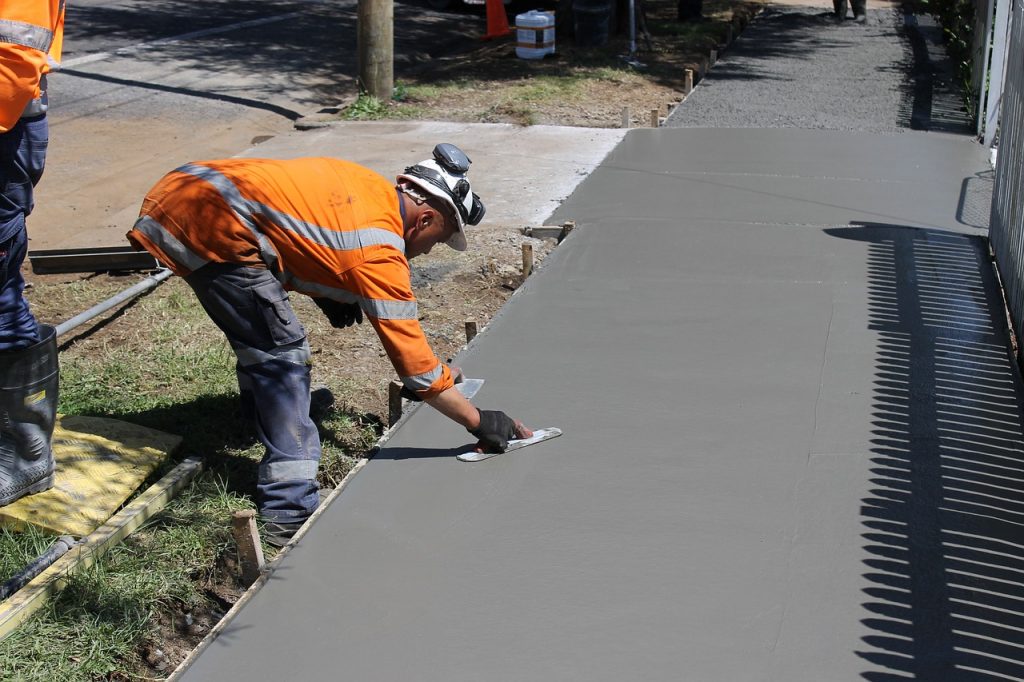How To Repair Concrete Drives & Paths
Concrete is one of the strongest and most durable construction materials around – according to some experts, it may even have been used to build the Pyramids in Egypt over 4500 years ago.

But even concrete can start to show its age after a while. Drives and pathways can be subject to regular, heavy traffic that can cause it to crack, and once those cracks appear, weeds, moss and grass can get in and cause further deterioration.
At which point you have to decide that if you want it looking its best, do you replace it all or is there a quicker and cheaper alternative?
Replace or Resurface?
It has always been considered that if you’re looking at worn-out concrete and you want it to look like new, then that’s exactly how you’re going to have to treat it – by ripping it up and starting again. But, as long as the underlying concrete is in good condition, resurfacing is a far less drastic alternative that can fix cracks, hide imperfections and sort out any discoloration or other unsightly blemishes.
And when you choose resurfacing over replacement, you’ll only not only be saving a considerable amount of time and money, you’ll also be using up fewer resources – making it a more environmentally-friendly option as well. You’ll also be saving yourself a lot of trouble disposing of all the old concrete you’d otherwise have to dig up.
Of course, if you are going to go down the repair route, you still need to make sure you’re doing the job properly, because if you do a botch job like this recent example in Essex, chances are you’ll just have to do it again.
Preparing Concrete for Resurfacing
Once you’ve made the decision to resurface, the first thing you’re going to have to do is to prepare what you have so that the new surface will grip properly and last for a good few more years. To do that, you’re going to need to clean it with a gas-powered pressure washer with a psi of at least 3500. You’ll also want to get rid of any unsound surface concrete so that you only have solid concrete to work on. Fill any active cracks that are equal to or larger than the width of a credit card, and finally use a grinder or shotblaster to roughen or abrade the surface – this will remove any remaining contaminants or unsound concrete.
These are, of course, just guidelines, and what will need doing will be dictated by the precise condition of the concrete in question. You’ll always be better off getting an experienced professional to assess and tackle the job.
Maintenance and Cleaning of Concrete Driveways
Even resurfacing may be unnecessary if you can stay on top of any potential problems in the first place – and that means regular and maintenance of your concrete driveway. Cleaning your concrete with a pressure washer a couple of times a year will allow you to keep any vegetation at bay, while also removing tyre marks and the like.
If you get oil or grease marks on your driveway, your best bet is to soak them up immediately with something highly absorbent, like sawdust – otherwise you’ll need a strong cleaning product specifically made for the job.
Whatever your concreting needs, from cost-effective concrete delivery and volumetric concrete to concrete pump hire and cement bags, Neil Sullivan & Sons Ltd offers a fast and reliable service across Essex, London and the South East. Call or contact our team today for advice on how we can help with your project.